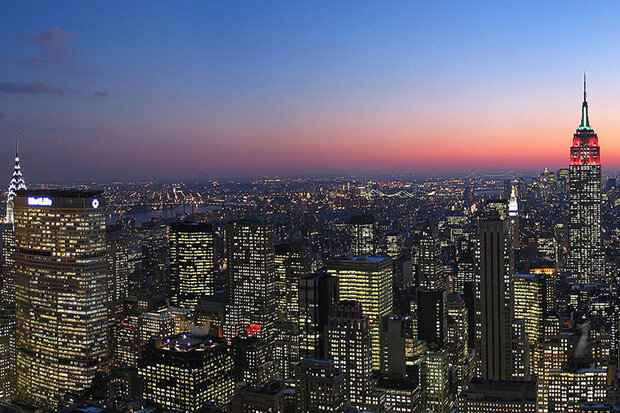New field project assessing the evolution of atmospheric pollution in the New York City area

The New York City skyline twinkles at dusk. Credit: Wikipedia

The New York City skyline twinkles at dusk. Credit: Wikipedia
Pollution in urban centers has historically been dominated by combustion-related sources of emissions, like motor vehicles, but recent air quality research demonstrates that emissions from combustion-related sources are declining while non-combustion-related emissions are increasing from sources like volatile chemical products (VCPs). This trend is evident in data from certain types of volatile organic compounds (VOCs), which are emitted in vehicle exhaust as well as household products and commercial or industrial applications.
These complex non-combustion-related sources include chemicals used for construction materials, solvents, paints, consumer and hygiene products, and petroleum-derived products. They increasingly impact urban air quality as primary pollutants and as reactive precursors to secondary air pollution. In general, organic compounds and VOCs are precursors to secondary organic aerosol (SOA) and ozone, which are created in the atmosphere instead of being emitted directly. More studies on non-traditional pollutant sources are being conducted, and findings indicate that mitigating these sources is increasingly important for improvement of urban air quality.
Read more at the link below.